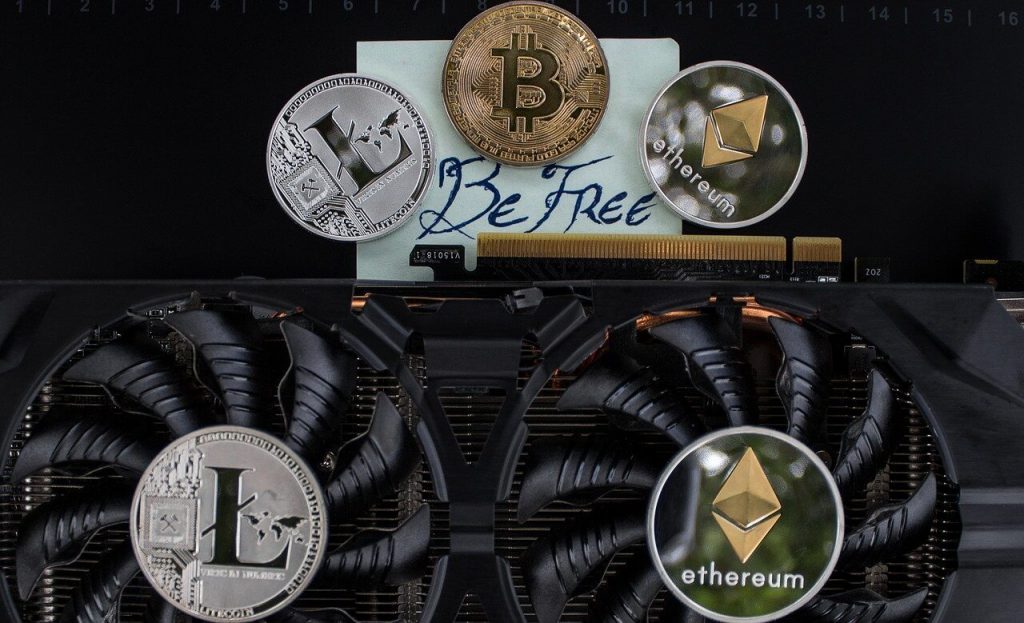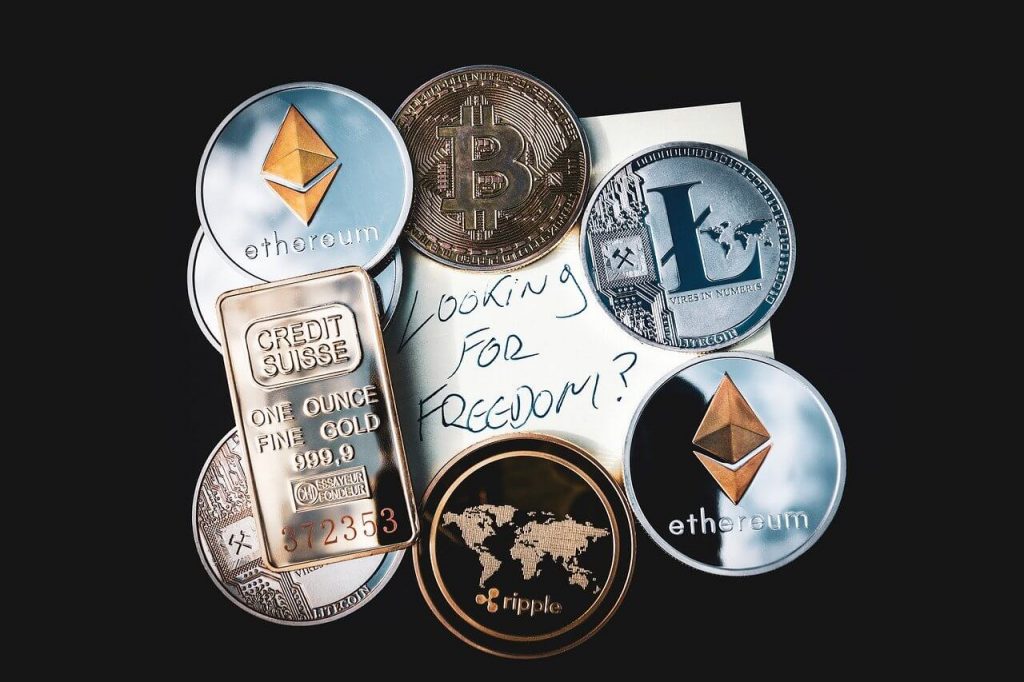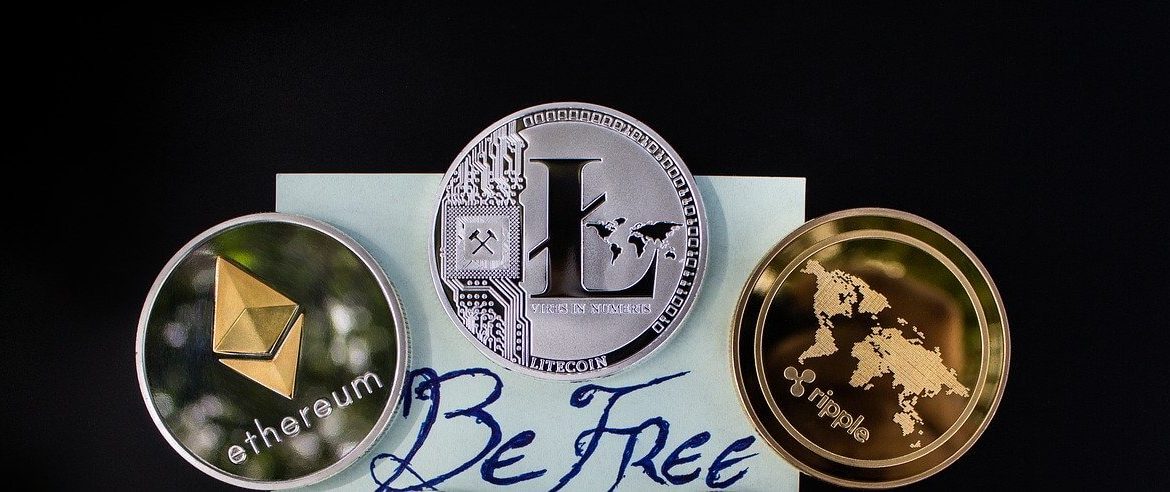Crypto-cantor is a good option if you want to exchange cryptocurrency quickly and with no formalities, as it doesn’t require confirming your identity or setting up an account, unlike the market. Which is why dealing in cryptocurrencies works successfully for many years, both in the form of stationary points and internet pages. So how does such a cantor work and how can you successfully exchange one cryptocurrency for another? These are the questions we will answer in this text.
How does a crypto-cantor work
An online cryptocurrency cantor is an internet platform where you can exchange fiat currency for crypto (and the other way around) based on the market price.
A cantor in an online form exchanges digitally transferred money and cryptocurrency. Some online cantors operate outside of the Western countries to avoid unfavourable regulations. They do, however, deal in western currency and have bank accounts in several banks to allow for easier payments in various local currencies. Cantors usually accept credit card payments, bank transfers, and other forms of payment. And how do these cantors pay out the cryptocurrency?
They can send it to a personal cryptocurrency wallet of their client. It means, that in order to exchange fiat currency for e-coins using an online cantor, you need to set up a cryptowallet. After configuring the wallet tied to your account, you can use its address to receive e-coins and send them to other wallets. It’s also possible for some cantors to convert the cryptocurrencies into anonymous prepaid cards, which can be used to withdraw money from the Bitcoin ATM.

An innovative crypto-cantor – Crypto-ATM
Crypto-ATM is a fully-online cryptocurrency cantor. The platform uses the newest cybersecurity solutions to ensure their clients’ comfort during the transactions.
Crypto cantor Crypto-ATM offers many currencies, like the Polish zloty (PLN), Euro (EUR), and American dollars (USD). The rate at which the cryptocurrencies are converted is updated every few seconds and visible in the form of a table on the site.
What discerns Crypto ATM from other online cantors is the variety of available cryptocurrencies. Crypto-ATM allows for exchange among the 16 most popular cryptographic currencies – Bitcoin, Ethereum, Lisk, Litecoin, GameCredits, Dash, Bitcoin Cash, KZCash, Infinity Economics, Ripple, TRON, ZCash, Golem, OmiseGo, and Augur. It is a very wide variety, which is sure to satisfy alternative cryptocurrency enthusiasts.
How to exchange currencies using Crypto-ATM?
To make a transaction using the crypto-cantor, you have to check the price of your chosen currency. We click the chosen fiat currency to see the values.

Next we have to input the amount we want to exchange. In the picture below you can see 400 EUR. Important – the exchange occurs after the payment is booked, so the disclaimer over the calculator warns that the amount displayed is “indicative”.

We’re clicking “next” and filling out the form. It has two very important slots. The first concerns what course change is acceptable for us at the time of making the transactions. If the money is booked, but the cryptocurrency price rises above the chosen cost percentage, the transaction will be cancelled. It serves to make sure we don’t overpay on the account of an unfortunate price change.
Another important slot is the address of the e-wallet, where the cryptocurrency should be deposited. We currently have many online and mobile wallets available, as well as hardware wallet, which are different from online wallet because they hold the user’s private keys on a separate device. Hardware wallets contain online transactions, but are stored offline, which ensures the users’ safety. So, we are free to use many kinds of wallets. There is also an option to use an online wallet created by Crypto-ATM.
Finally, we accept the payment method as well as the terms and services. The cryptocurrency will be sent to our cryptowallet right after the payment is booked. Most of the currencies require a consensus confirmation – so the cryptocurrency will appear on the wallet anywhere from a few seconds to twenty minutes after the cantor sends it.
Why is it worth to use Crypto-ATM?
Crypto-ATM offers both popular cryptocurrencies, like Bitcoin, and new, promising alternative cryptocurrencies. That’s why it differs not only from other cryptocurrency cantors, but even cryptomarkets. An unique offer for various currencies is what makes Crypto-ATM such an innovative platform.
It’s worth mentioning that while cryptocurrencies are subject to more and more regulations, restricting their usage, Crypto-ATM offers minimal formalities. All you need is your name, surname, phone number and a wallet address to exchange fiat currency for one of the many available cryptocurrencies in just a few minutes. It contrasts the situation at the markets, which require confirming your identity with a personal ID and a two-step verification process.
Use Crypto-ATM if you want to skip these procedures and enjoy the fast currency exchange.
How do cryptocurrencies differ from fiat currencies?
Both fiat and crypto can be used as a payment method, but there are a few differences between them. First of all, fiat is issued by governments and regulated by central banks. That’s what makes them a lawful means of payment. Governments also control their supply and issue laws that influence their worth.
Cryptocurrencies, on the other hand, are virtual assets serving as means of exchange not controlled by government due to their decentralized nature. Which means that no authority can control them or influence their worth. This is the reasons countries, like China, and worldwide corporations, like Facebook are starting to develop their own cryptocurrencies.
Cryptocurrencies are created by computers and exist as pieces of code, so they are only digital. Fiat currencies, on the other hand, can be both digital and physical. The virtual aspect of the cryptocurrencies means they can only exist on the Internet, which is why they are stored in special applications called wallets. Meanwhile, fiat can be stored in many forms, like physical banknotes and account data.

